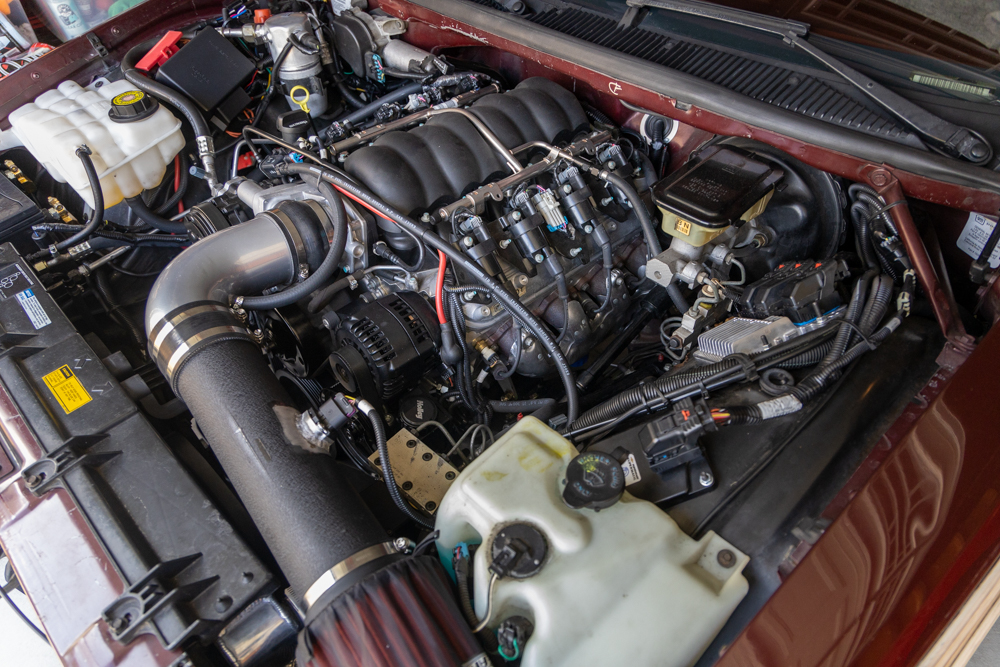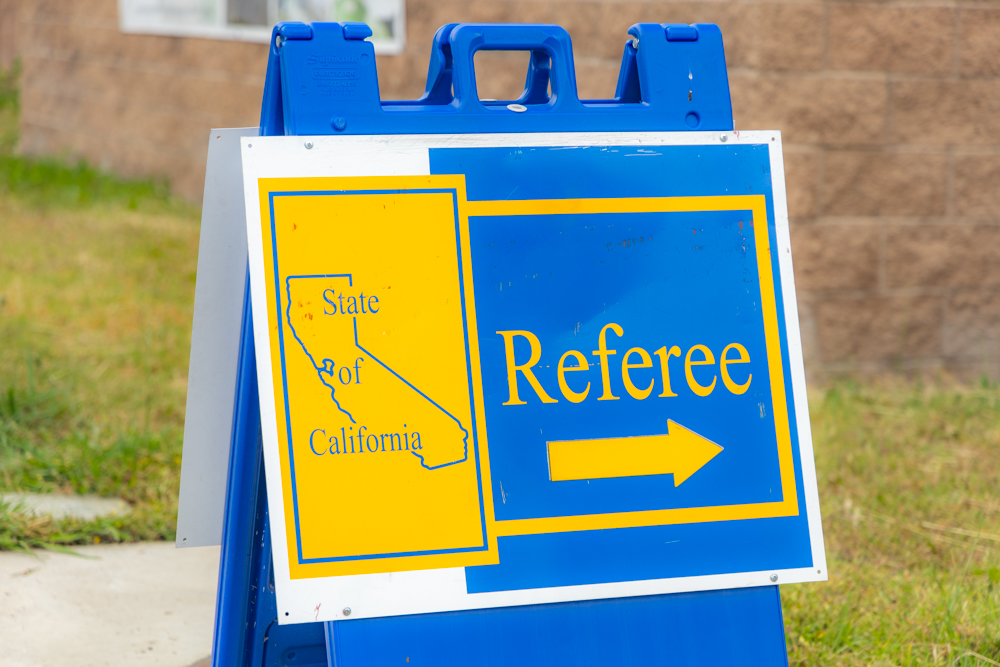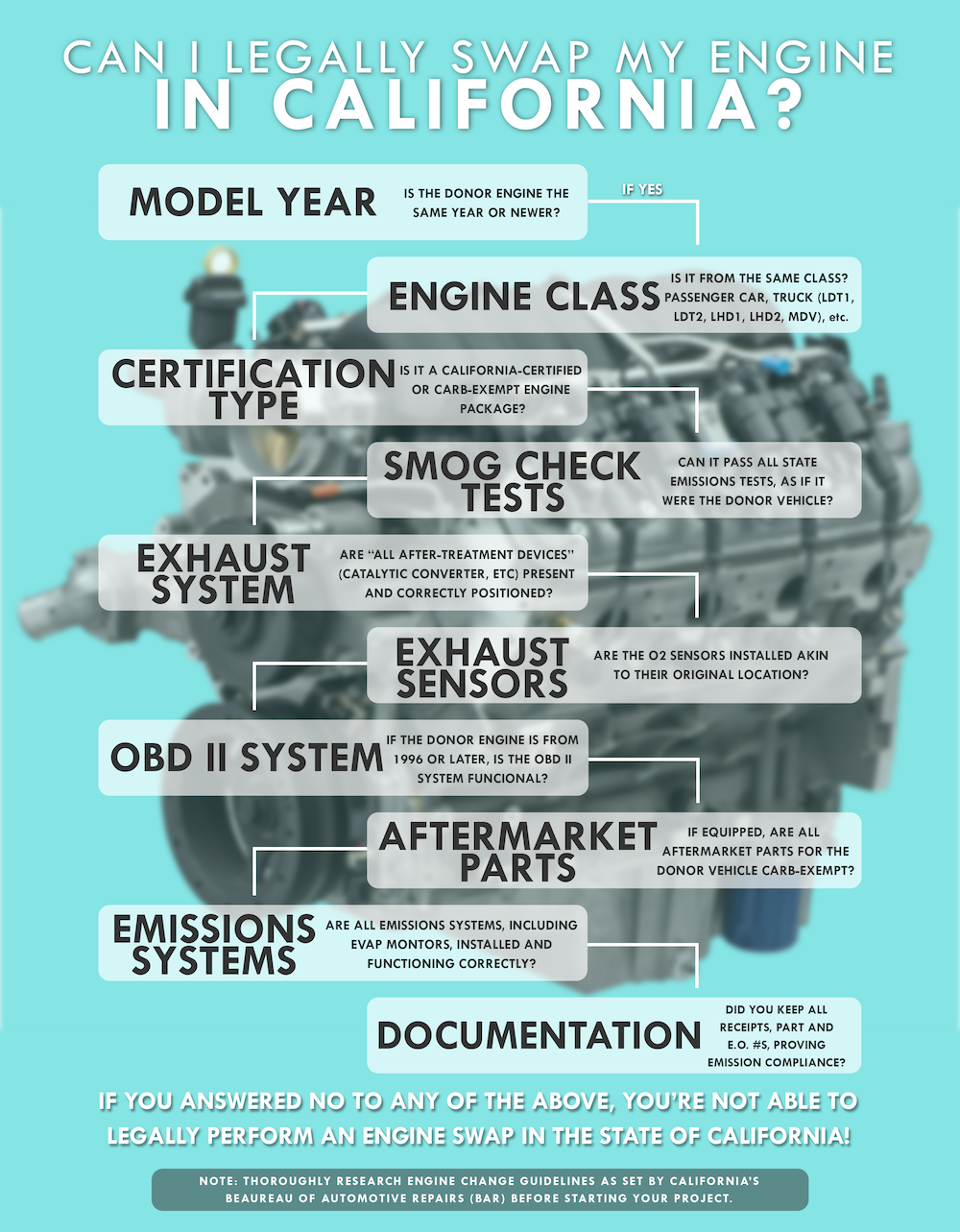How To Do a Legal California Engine Change (E-ROD LS Swaps & More!)
STEP 1: Understanding California Engine Change Guidelines

The first step is to figure out if X donor engine can legally be placed into Y project vehicle. To do this, click HERE to read the state’s Engine Change Guidelines, which we’ve also embedded at the very bottom of this page.
Here’s the quick version as an infographic:
As you can see, it’s part research, part did-we-install-everything-we-need. A little more context —
- Model Year: The big takeaway is obvious. Same year or newer. But this also means, never put a 1995 or older OBD-I donor into an OBD-II project.
- Engine Class: Only use an engine from the same vehicle engine class and the same Gross Vehicle Weight Rating (GVWR). This means NO truck motors into a passenger car projects, or vice versa. This also means no crate motors (unless it’s CARB-exempt like the E-ROD). You also need to prove the identity of your engine. So keep all receipts.
- Certification Type: There are two types of engine certifications for road-legal engines — California and Federal. Placing California motors into California or Federal vehicles is okay. Don’t put a Federal engine into a California project car. And, again, don’t forget proof.
- Smog Check Tests: Your project needs to pass every possible smog test as if it were the make, model, and year of the DONOR vehicle. This includes a tailpipe test, OBD-II check (if equipped), Check Engine light, emissions equipment visual inspection, EVAP test, visible smoke test, fuel cap test, and more.
- Exhaust System: “All exhaust after-treatment devices” (catalytic converters, etc.) need to be present and “positioned under the vehicle in the same linear position within the exhaust stream as measured from the exhaust manifold outlet.”
- Exhaust Sensors: All of the factory O2 sensors need to be functioning with active monitors.
- OBD II System: If the donor engine is from a 1996+ OBD-II era vehicle, the OBD-II system must be fully functioning, especially emissions-related readiness monitors.
- Emissions Systems: Everything from the donor vehicle (EVAP systems and charcoal canisters) must be installed in the project vehicle and, if the donor is an OBD-II, all monitoring functionality must be active. However, you may be able to keep your project’s original transmission, gas tank, and EVAP system if your project vehicle is OBD-I or, if OBD-II, the older components can be integrated into the donor vehicles monitors
- Aftermarket parts: Anything aftermarket needs to be a CARB-exempt part.
Quick Tip: Ask For Help

It’s also smart, before starting a swap or buying any parts, to contact BAR directly to ask Referees questions about your specific project’s goals and potential pitfalls. Unfortunately, sometimes Refs give conflicting answers. Nor will they grant formal approval or advice in writing for a project. But we are finding that BAR Refs are actually quite friendly for giving general guidance, especially for those pursuing legal modifications. They can definitely tell you what won’t fly.
CHAPTERS
Intro / Background: CARB-Legal Modifications
1) Understanding California Engine Change Guidelines
2) Acquiring Emissions-Compliant Parts
3) Remove OEM Systems & Install Donor Systems
4) Project Break-in & Inspection Prep
5) Virtual & In-Person BAR Referee Inspections

